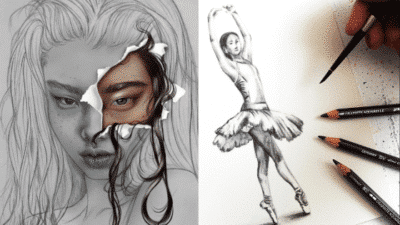Transform any bare wall into a captivating focal point with the right art and design choices. Wall art serves as the perfect opportunity to express your personality while adding depth, texture, and visual interest to your living spaces. Whether you’re drawn to large-scale statement pieces, curated gallery walls, or three-dimensional installations, the options for enhancing your walls are virtually limitless.
Finding the perfect wall décor doesn’t have to be complicated or expensive. You can mix vintage signage with modern prints, layer artwork over bookshelves, or create depth through shadow boxes filled with meaningful trinkets. Strategic placement—above beds, couches, or in unexpected architectural nooks—can dramatically alter the feel of a room without requiring major renovations.
Key Takeaways
- Thoughtful wall art transforms bare spaces while reflecting your personal style and complementing your existing décor.
- Mix different mediums, scales, and arrangements like gallery walls or statement pieces to create visual interest and depth.
- Consider strategic placement above furniture, architectural features, or as accent walls to maximize impact in each room.

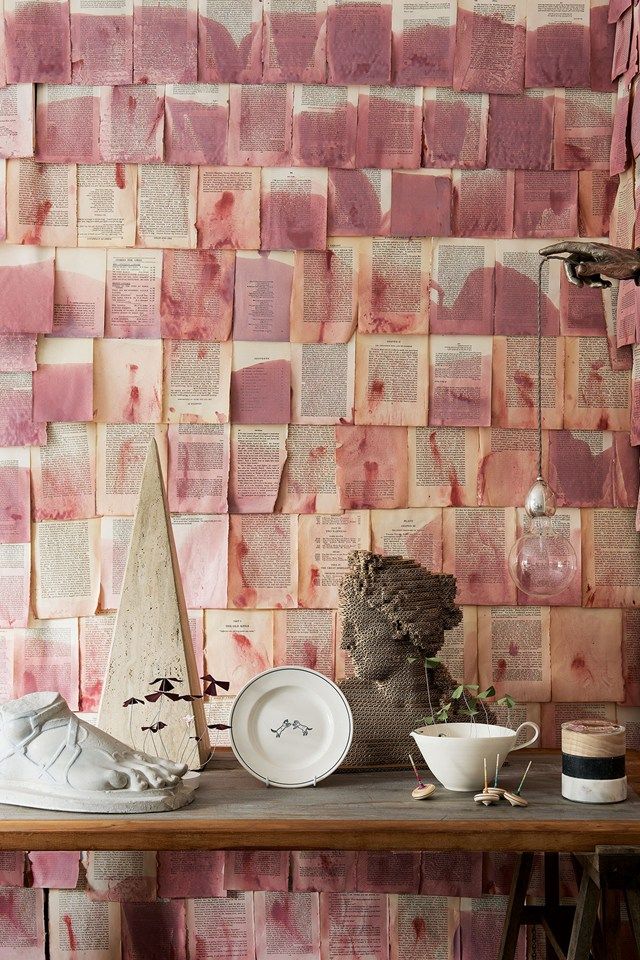
Understanding Wall Art Design Basics
Wall art serves as the personality of your home, transforming blank spaces into reflections of your style and interests. Effective wall decor requires understanding fundamental design principles to achieve balance and visual appeal in your living spaces.
The Purpose of Wall Art
Wall art does more than just fill empty walls. It sets the mood for your entire space and creates focal points that draw the eye. Good wall decor can tie together your existing furniture and color scheme, making the room feel complete and intentional.
Art expresses your personality and tells your story to visitors without saying a word. It can evoke specific emotions—calm in a bedroom, energy in a living area, or focus in a home office.
Wall art also solves practical design challenges. Large pieces can make small rooms feel more spacious, while a gallery wall can break up overwhelming blank walls in larger areas.
Consider how your wall decor will function within the space. Will it be a conversation starter? A color anchor? Or perhaps a personal memento that brings you joy whenever you see it?
Choosing Art for Different Spaces
Each room in your home serves a distinct purpose, and your wall art should complement these functions. For bedrooms, select soothing images or abstract pieces that promote relaxation and rest.
Living rooms benefit from larger statement pieces or thoughtfully arranged gallery walls that showcase your personality. Kitchen wall decor often works best when it’s practical yet stylish—think framed vintage recipes or botanical prints.
When selecting pieces, consider the room’s lighting conditions. Rooms with abundant natural light can support more detailed artwork, while dimly lit spaces benefit from pieces with higher contrast or metallic elements that catch available light.
The scale of your art should match your wall space. A tiny print lost on a large wall creates awkward negative space, while oversized art in small rooms can feel overwhelming. Measure your walls before purchasing to ensure proper proportions.
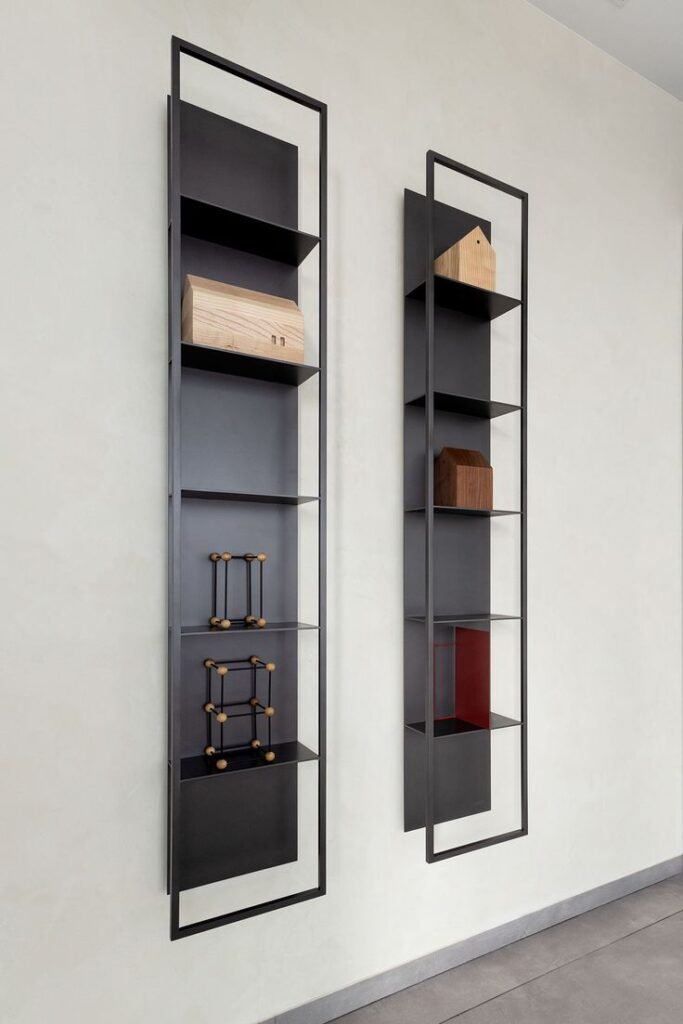

Popular Wall Art Styles and Inspirations
Wall art transforms empty spaces into personalized showcases of style and character. The right artwork can serve as a focal point, tie together design elements, or simply bring joy to a room.
Modern and Minimalist Wall Art
Modern minimalist wall art emphasizes clean lines, simple forms, and limited color palettes. Black and white photography, geometric prints, and abstract pieces work exceptionally well in contemporary spaces.
Look for artwork with negative space that allows walls to “breathe” while still making a statement. Floating frames or frameless canvas prints enhance the sleek aesthetic of minimalist art.
Consider large-scale pieces with simple designs rather than numerous small items. A single oversized print creates dramatic impact without overwhelming your space.
Metal prints and acrylic mountings offer a contemporary finish that complements modern decor. These materials reflect light beautifully and add dimension to flat walls.
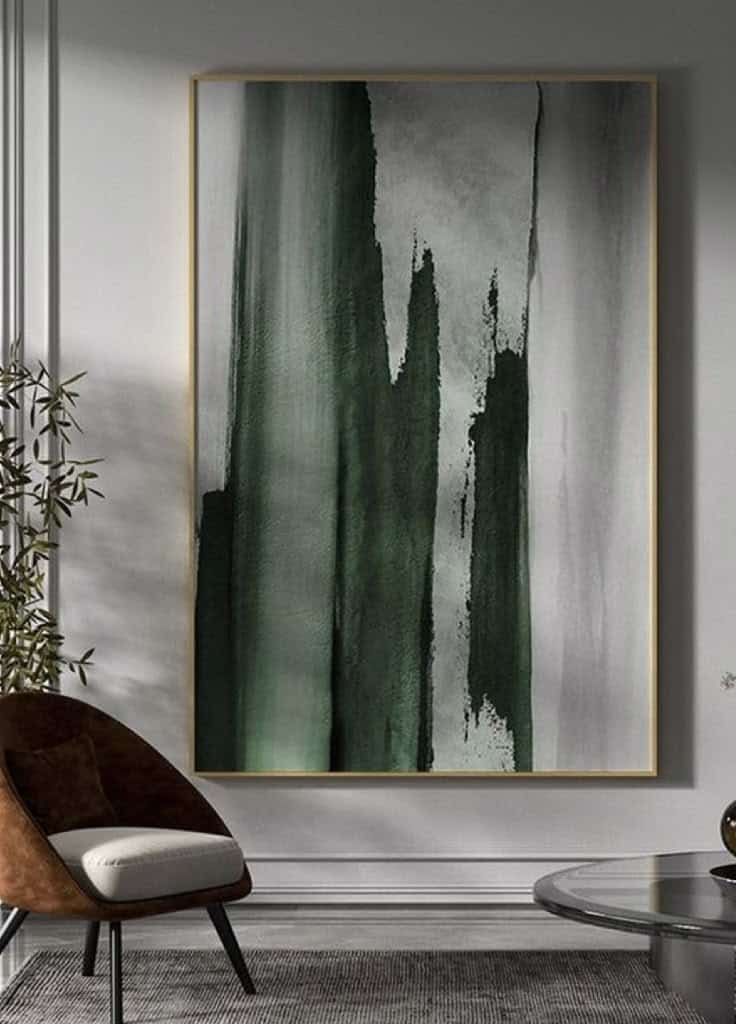
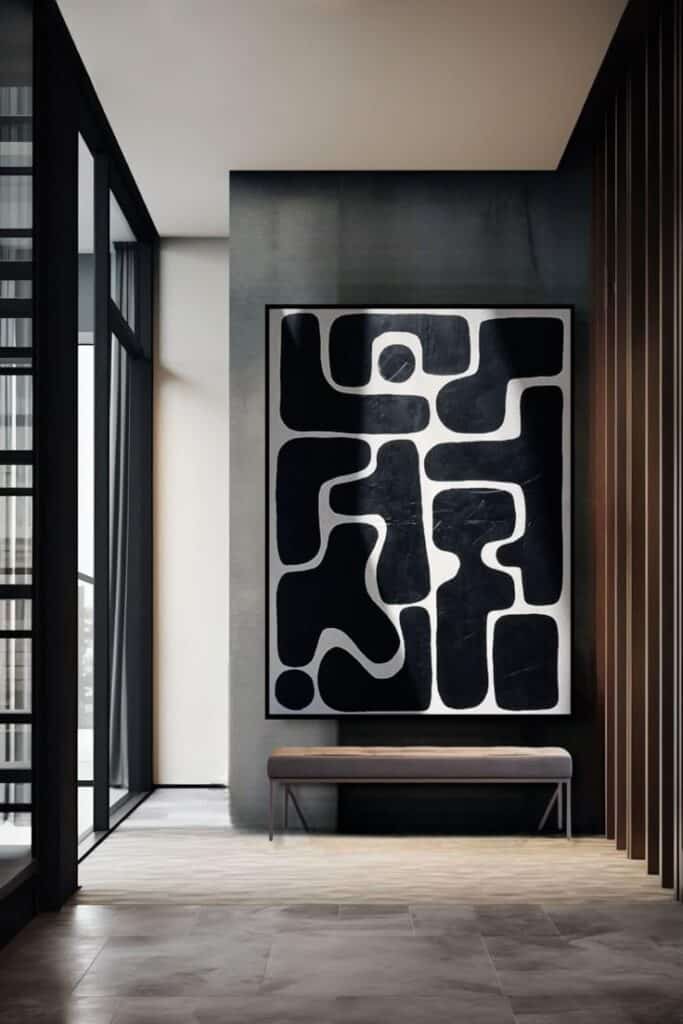
Gallery Walls and Framing Options
Gallery walls allow you to display multiple pieces together to tell a visual story. Mix different frame sizes, styles, and art mediums for an evolved, collected look.
When creating a gallery wall, use a consistent element to unify the display. This might be matching frames, a color theme, or similar subject matter across pieces.
Frame selection tips:
- Black frames: Create drama and definition
- White frames: Keep the focus on the artwork
- Natural wood: Add warmth and casual elegance
- Metallic frames: Introduce subtle shimmer and sophistication
Lay out your arrangement on the floor before hanging to perfect the composition. Use paper templates on the wall to visualize spacing and prevent unnecessary holes.
Eclectic and Bohemian Approaches
Eclectic wall decor celebrates personal expression through unexpected combinations. Mix vintage finds with contemporary pieces, ornate frames with simple ones, and various artistic styles.
Bohemian wall art incorporates textural elements like macramé hangings, woven baskets, and textile art. These three-dimensional pieces add depth and tactile interest to your home decor.
Consider globally-inspired art that tells a story or commemorates your travels. Masks, tapestries, and hand-painted items bring cultural richness to your walls.
Plants can become living wall art in bohemian spaces. Hanging planters, wall-mounted greenery, and botanical prints blend seamlessly with other bohemian elements.
Don’t fear bold colors and patterns in eclectic spaces. Vibrant artwork creates energy and serves as natural conversation starters when guests visit your home.

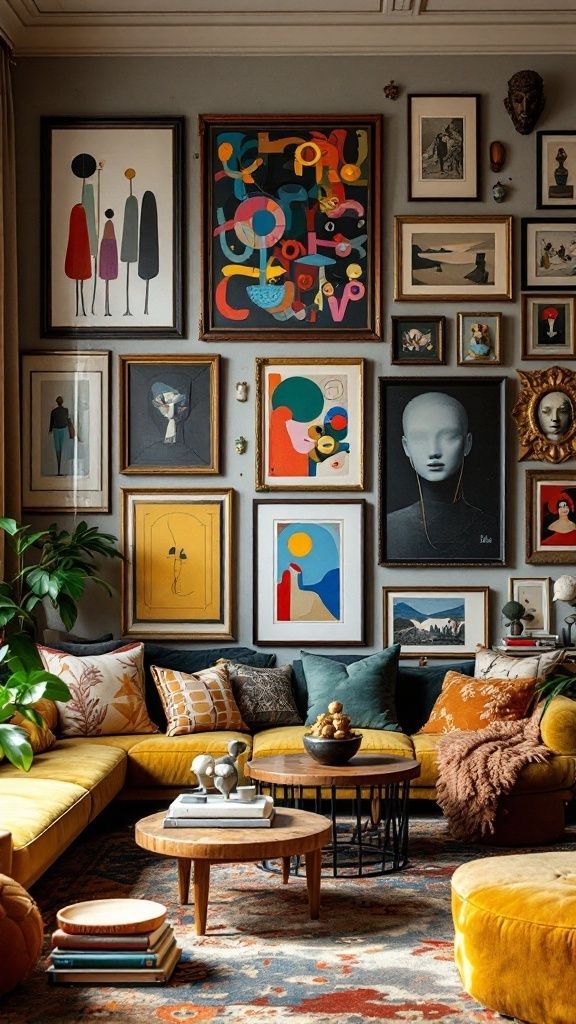
Statement Wall Techniques and Focal Points
Statement walls transform ordinary rooms into visually striking spaces by creating intentional focal points that draw the eye and establish design hierarchy. The right technique can dramatically alter the perception of a space while reflecting your personal style.
Creating a Statement Wall
A statement wall serves as the visual anchor in a room, immediately capturing attention when someone enters the space. Choose the most prominent wall—typically the first one you see when entering or the wall behind a major furniture piece like a bed or sofa.
Consider the room’s architecture when selecting your focal wall. Walls with fireplaces, built-in shelving, or interesting architectural details make natural candidates.
Before committing to a design, test your concept with temporary solutions. Removable wallpaper, painter’s tape for potential pattern layouts, or even taping up paper cutouts can help visualize the final effect.
The most successful statement walls complement rather than compete with your existing decor. Select colors, patterns, or textures that enhance your current palette while adding visual interest.
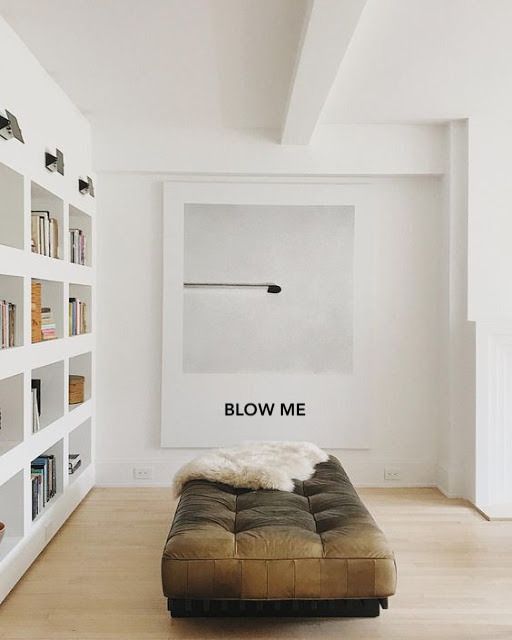

Large Scale Artworks
Oversized art pieces instantly transform a blank wall into a gallery-worthy focal point. A single large canvas or photograph (36″ x 48″ or larger) creates more visual impact than several smaller pieces.
Consider scale when selecting artwork—the piece should occupy about 60-75% of the available wall space for maximum effect. This prevents the art from feeling lost on a large wall or overwhelming a smaller one.
Black and white photography offers a timeless statement that works with virtually any decor style. For more vibrant spaces, consider colorful abstract paintings that incorporate your room’s color scheme.
Custom-sized canvas prints of family photos or vacation landscapes provide personalized alternatives to traditional art. Many online services can transform your digital images into gallery-wrapped canvases at affordable prices.
Mixed Media Installations
Wall installations combining different materials create textural depth and visual complexity. Consider arrangements that mix framed art, dimensional objects, textiles, and sculptural elements.
Popular Mixed Media Options:
- Wooden or metal wall sculptures
- Macramé or fabric hangings paired with framed art
- Floating shelves displaying objects alongside wall-mounted pieces
- Shadow boxes containing meaningful items or collections
Plan your installation by arranging elements on the floor first. Take photos from above to evaluate the composition before hanging anything permanently.
For cohesive results, limit your color palette to 3-4 complementary tones. This allows you to incorporate diverse materials while maintaining visual harmony throughout the installation.
Paint Accent Walls
Paint remains one of the most affordable and impactful statement wall techniques. Beyond solid colors, consider these innovative paint approaches:
Geometric Patterns:
- Color blocking with crisp lines
- Diagonal stripes or herringbone designs
- Painted arches or circles
Use painter’s tape to create precise edges when working with multiple colors. Apply the tape firmly and remove it while the paint is still slightly tacky for the cleanest lines.
Dark, saturated colors like navy, charcoal, and forest green create sophisticated focal points that make adjacent walls appear to recede. This technique works particularly well in small spaces like powder rooms or home offices.
Consider specialty finishes like chalkboard paint for functional statement walls in kitchens or children’s rooms. Metallic paints add subtle shimmer and depth, especially in spaces with dynamic lighting.
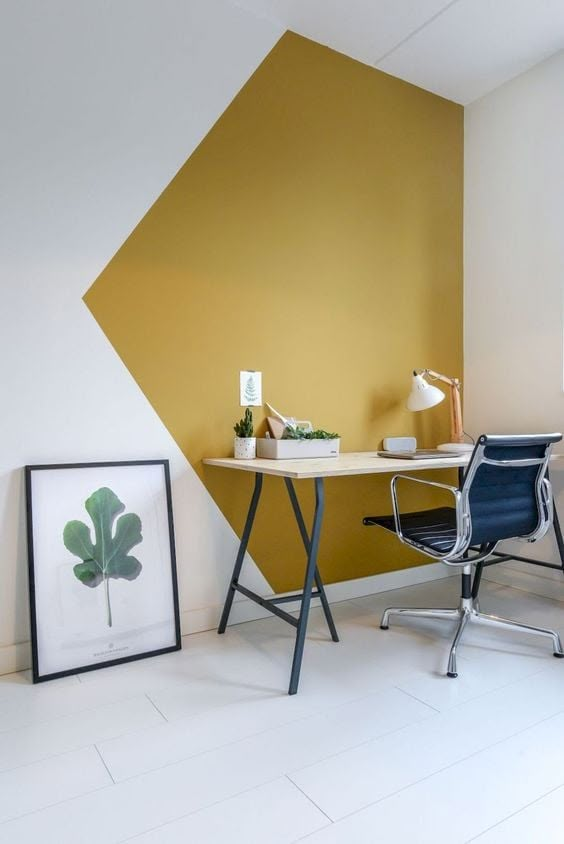

Creative And Functional Wall Art Ideas
Wall art can serve both aesthetic and practical purposes in your home space. Modern approaches combine visual appeal with functionality to maximize both style and utility in your living areas.
Incorporating 3D Art Elements
Three-dimensional wall art adds depth and visual interest to any room. Consider installing sculptural pieces that protrude from the wall, creating shadows and dimension that flat artwork cannot achieve.
Wooden cutouts, metal sculptures, and fabric art installations can transform a plain wall into a focal point. These 3D elements work particularly well in minimalist spaces where they can stand out without competition.
For a more subtle approach, try layered paper art or dimensional panels with geometric patterns. These options add texture without overwhelming the space. You can even create your own 3D art by mounting objects like vintage wooden tools, musical instruments, or textured fabrics in shadow boxes.
Functional Decorative Pieces
Wall décor that doubles as storage or serves another purpose maximizes your space efficiently. Floating shelves styled with small plants, books, and personal mementos create a display that’s both beautiful and practical.
Magnetic boards in kitchens can hold recipes and shopping lists while contributing to the room’s design scheme. Consider installing decorative wall hooks that look like art pieces when not in use but provide convenient storage for coats, bags, or accessories.
Mirrors with decorative frames serve as statement wall art while making rooms appear larger and brighter. Wall-mounted desk systems fold away when not needed but provide workspace when required. Even hanging plants can be considered functional art, improving air quality while adding natural beauty.
Textured Wall Coverings
Textured wall treatments create immersive, tactile experiences that flat paint cannot match. 3D wall panels made from materials like wood, fabric, or recycled materials add dimension and acoustic benefits to your space.
Fabric wall hangings like macramé pieces, tapestries, or quilts soften a room acoustically while adding visual warmth. For a more permanent solution, textured wallpapers with patterns that mimic natural materials provide depth without the installation complexity.
Consider combining different textures within a gallery wall arrangement for added interest. A mix of canvas art, framed prints, and textured pieces creates a dynamic composition. Grasscloth, cork, or even small sections of decorative tiles can transform an accent wall into a multisensory experience that invites touch as well as visual appreciation.

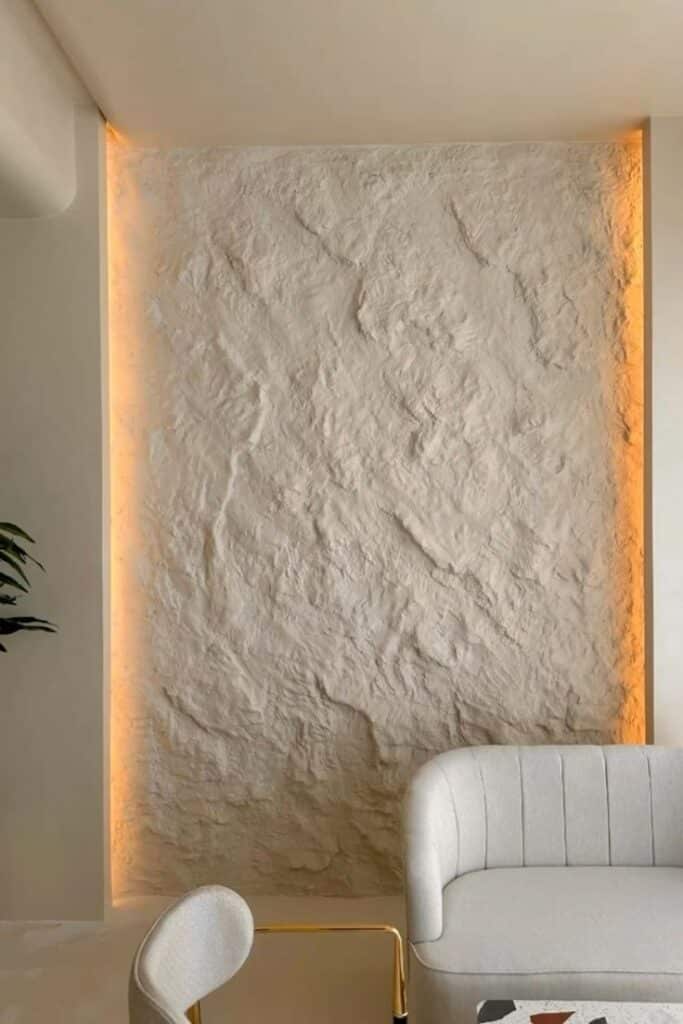
Tips for Personalizing and Displaying Wall Art
Transforming your home with wall art isn’t just about selecting pieces you love—it’s also about how you display them. The right arrangement, lighting, and occasional refreshing can elevate your wall decor from basic to extraordinary.
Arranging Frames and Layouts
Gallery walls make a strong visual impact when arranged thoughtfully. Start by laying out your frames on the floor to experiment with compositions before committing to wall placement. Maintain consistent spacing of 2-3 inches between frames for a clean, professional look.
When working with different frame sizes, anchor your arrangement around a larger statement piece. Balance is key—distribute visual weight evenly across the wall rather than clustering heavy elements on one side.
Quick arrangement tips:
- Use kraft paper templates to test positions on your wall
- Start hanging from the center piece and work outward
- Mix frame styles but maintain a cohesive color palette
- Consider using picture ledges for flexible, changeable displays
For a blank wall that feels overwhelming, try the “rule of thirds” by visually dividing your wall into nine equal sections and placing focal points at the intersections.


Lighting and Highlighting Art
Proper lighting transforms how your wall art is perceived. Position ceiling-mounted track lighting about 24-30 inches from the wall to effectively illuminate your pieces without creating harsh glare.
For valuable or detailed artwork, consider installing dedicated picture lights that attach directly to frames or the wall above. LED options provide consistent lighting while generating minimal heat that could damage delicate pieces.
Lighting considerations:
- Use warm-toned bulbs (2700-3000K) to enhance colors in most artwork
- Position light sources at a 30-degree angle to minimize reflection
- Install dimmer switches to adjust intensity based on time of day
- Avoid direct sunlight on valuable pieces to prevent fading
Natural light interaction changes throughout the day, so observe how your wall decor appears at different times before finalizing placement.
Seasonal and Rotational Displays
Refreshing your wall decor seasonally keeps your space dynamic and interesting. Create a core collection of timeless pieces, then supplement with seasonal rotations that reflect changing moods or holidays.
Picture ledges and hanging systems with adjustable hooks make seasonal changes effortless. Consider designating a “feature wall” where you rotate special pieces quarterly to prevent décor fatigue.
Seasonal display ideas:
- Spring: Botanical prints and lighter color palettes
- Summer: Beach photography or vibrant abstract pieces
- Fall: Warm-toned landscapes and textural elements
- Winter: Monochromatic artwork and metallic accents
Digital frames offer another solution for constantly evolving displays, allowing you to showcase hundreds of images without physical swapping. Creating a deliberate rotation schedule ensures your walls remain fresh and inspiring throughout the year.
- 1.9Kshares
- Facebook0
- Pinterest1.9K
- Twitter0


